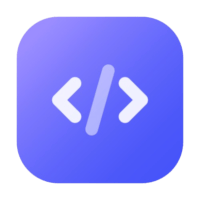23 releases
| 0.4.1 | Dec 30, 2024 |
|---|---|
| 0.3.0 | Jul 24, 2022 |
| 0.2.7 | Mar 2, 2022 |
| 0.2.4 | Dec 5, 2021 |
| 0.1.4 | Nov 27, 2021 |
#287 in Development tools
1,380 downloads per month
12KB
143 lines
Devmode is a project management utility for developers.
Usage: dm <COMMAND>
Commands:
cl Clones a repository in a specific folder structure.
help Print this message or the help of the given subcommand(s)
Options:
-h, --help Print help
-V, --version Print version
Installation
Cargo
cargo install devmode
Arch Linux
paru -S devmode-git
Cloning
When you clone a repository it will be stored to your filesystem using a specific folder structure.
You can also use dm cl
$HOME
└── Developer
└── host
└── owner
└── repo
| Syntax | Description | Example |
|---|---|---|
dm clone <url> |
Clone by providing a URL. | dm clone https://github.com/edfloreshz/devmode |
Dependencies
- openssl
Proposals
If you have a proposal for a new feature, open a new issue.
Dependencies
~15–28MB
~417K SLoC
